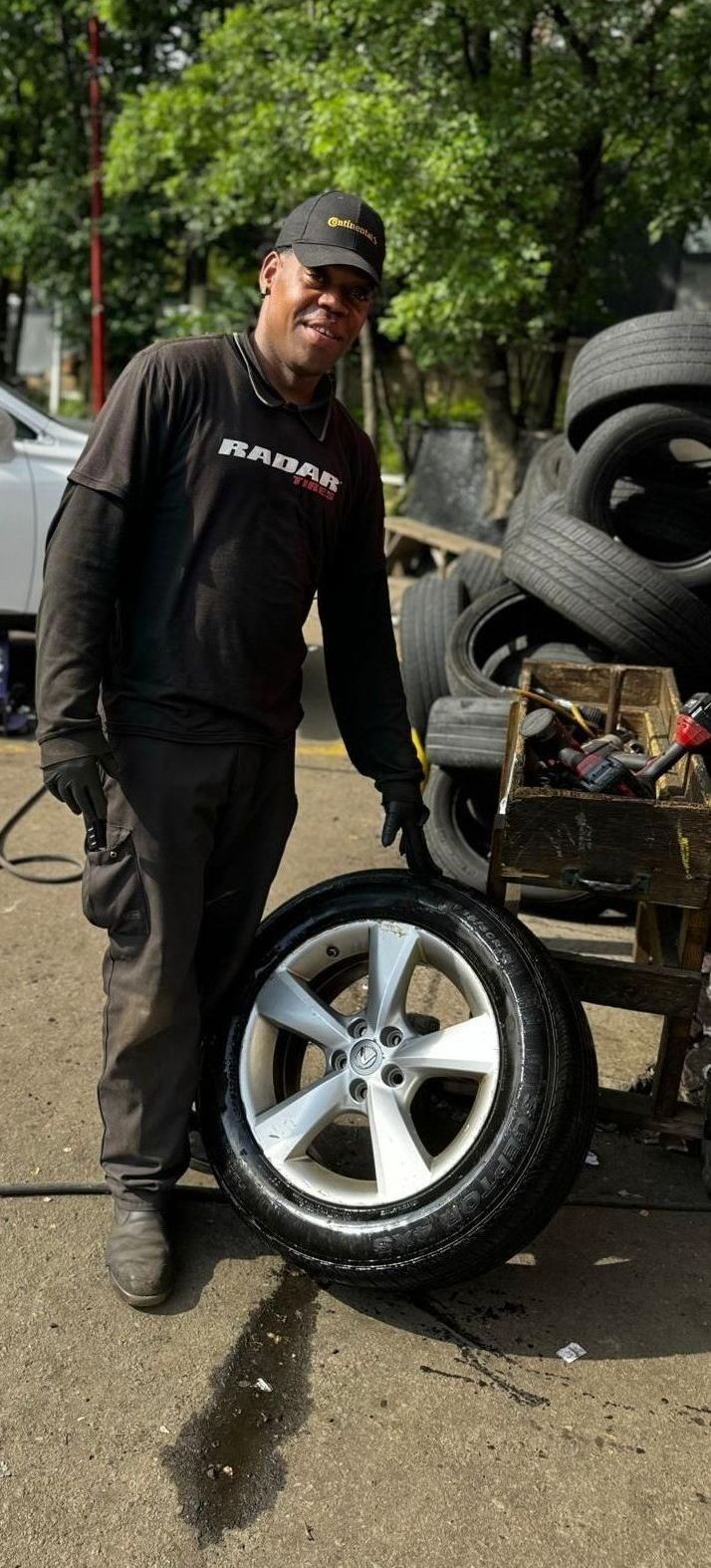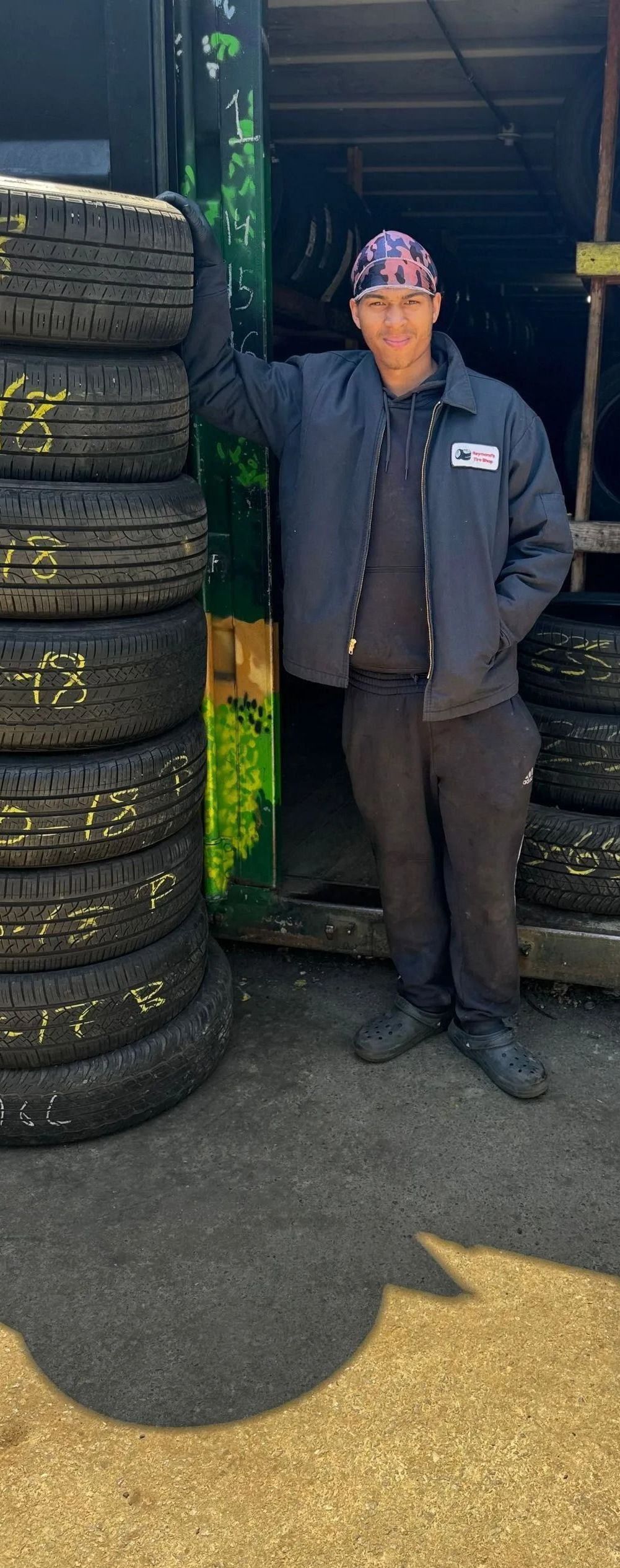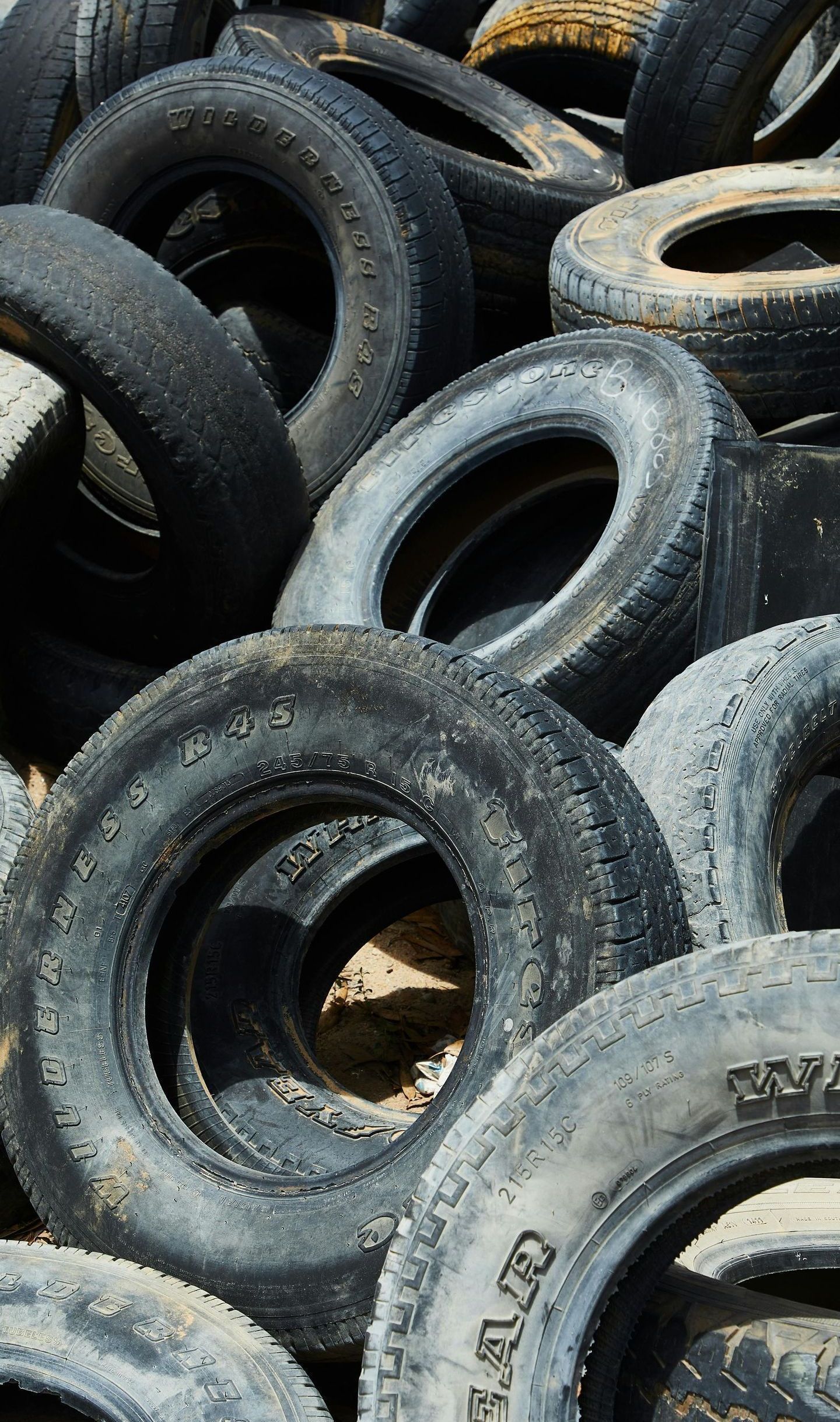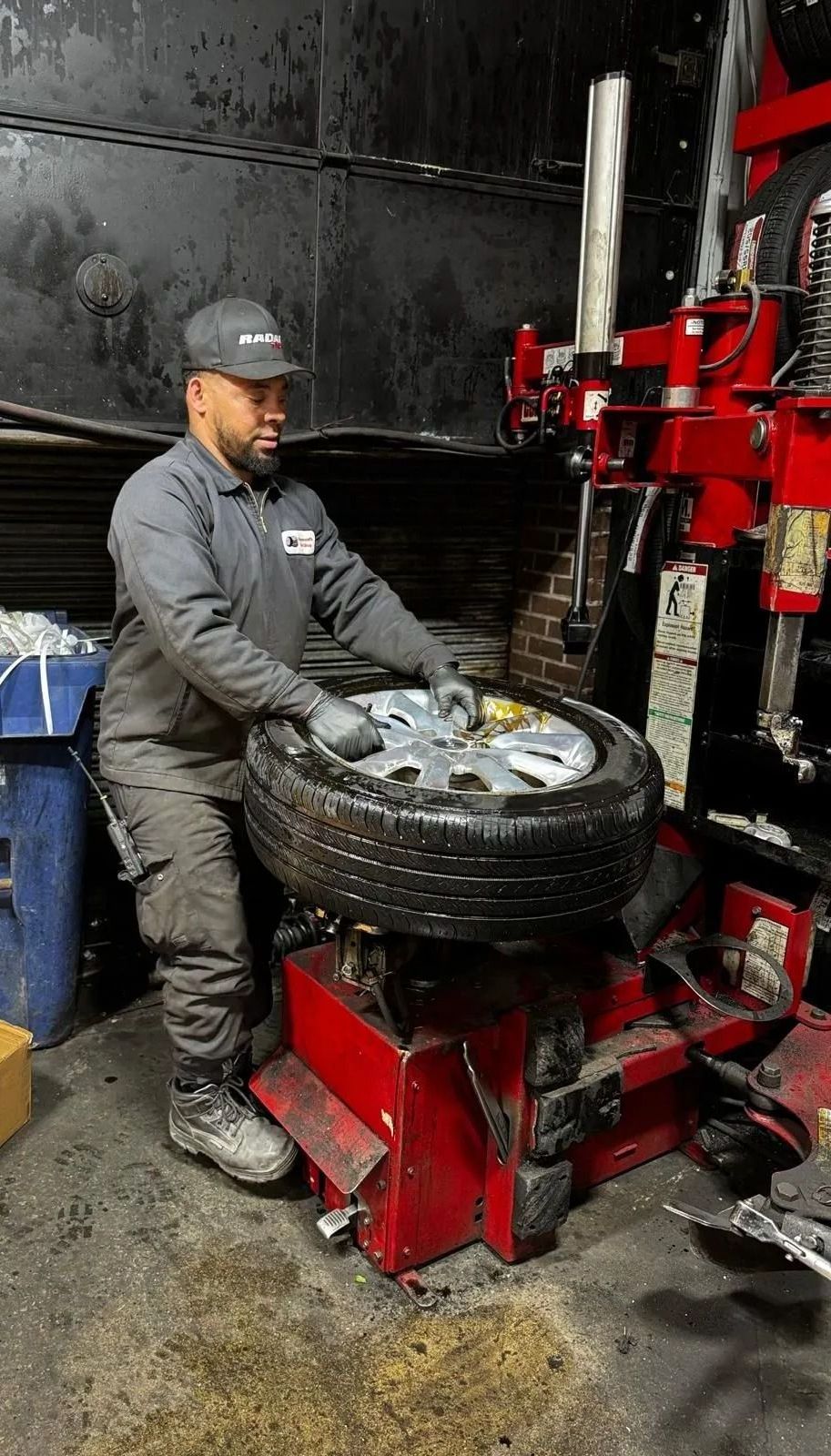How Temperature Changes Affect Tire Pressure and Performance
At Raymond’s Tire Shop, we know how unpredictable New England weather can be. Temperatures can swing from warm afternoons to freezing mornings within a single day, especially during seasonal changes. While these shifts may not seem like a big deal, they can have a direct impact on your tire pressure and, in turn, your vehicle’s performance and safety. Understanding how temperature affects your tires can help you stay ahead of potential problems and keep your car driving smoothly year-round.
Why Temperature Affects Tire Pressure
Tires are filled with air, and air expands when it is warm and contracts when it is cold. This means that as the temperature drops, the air inside your tires takes up less space, lowering the tire pressure. In fact, tire pressure can drop about one pound per square inch (PSI) for every 10-degree Fahrenheit decrease in temperature. Conversely, when temperatures rise, the air expands, and tire pressure can increase.
These fluctuations happen naturally, but if they are not monitored, they can cause your tires to be underinflated or overinflated, both of which can affect your driving experience and safety.
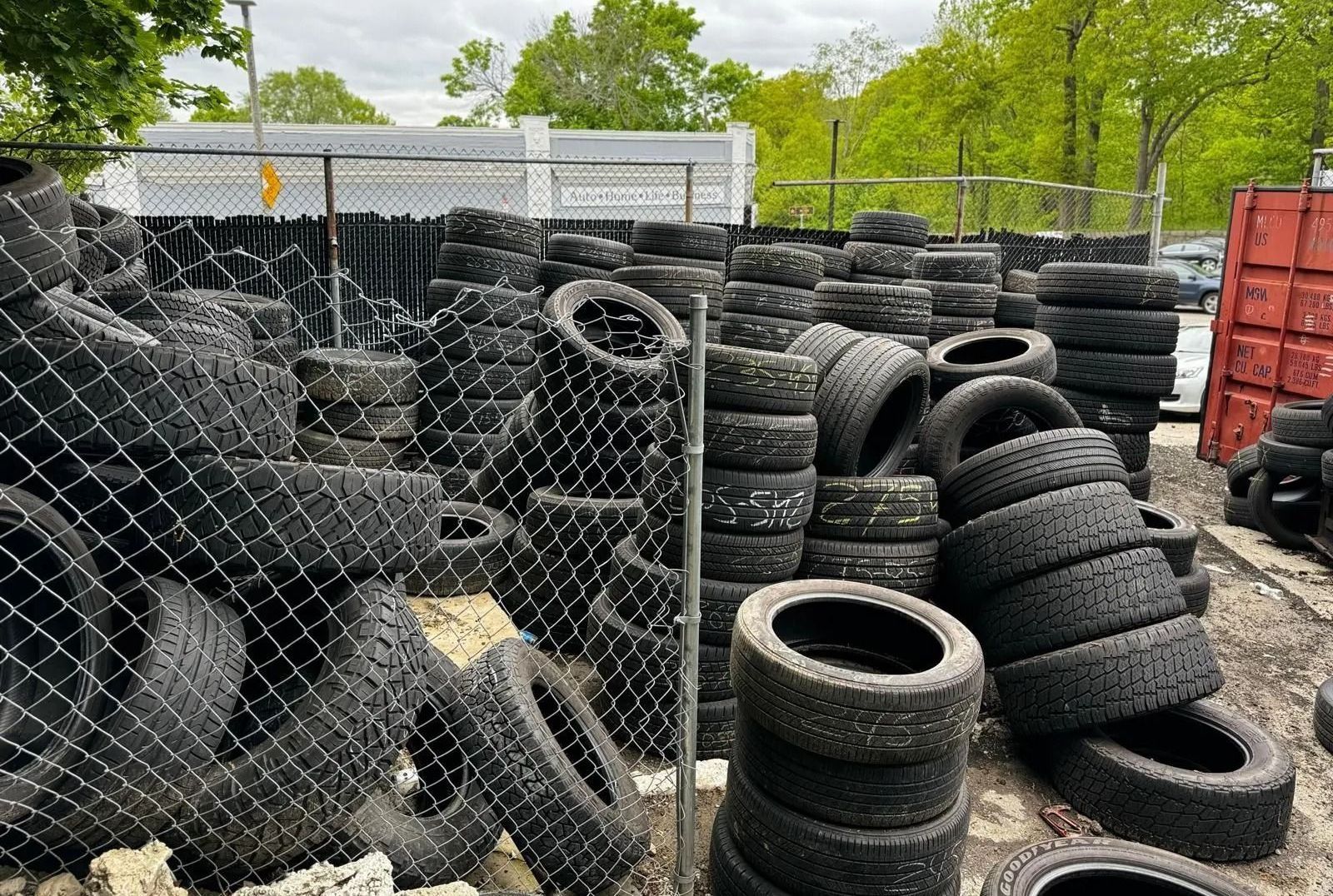
The Risks of Underinflation
Underinflated tires have more contact with the road surface, which increases rolling resistance. This makes your vehicle work harder to move, reducing fuel efficiency. It also causes the tires to flex more than they should, which leads to uneven wear, reduced handling performance, and a greater risk of overheating during long drives.
In extreme cases, driving on significantly underinflated tires can lead to a blowout, especially at higher speeds. During cold months, when underinflation is more common, we recommend checking your tire pressure more frequently to ensure it stays within the manufacturer’s recommended range.
The Risks of Overinflation
Overinflated tires can occur when warm weather raises the pressure beyond what is recommended. While less common in the colder seasons, overinflation can happen quickly during summer heat waves or after a sudden temperature increase.
When a tire is overinflated, less of the tread makes contact with the road. This reduces traction, increases braking distances, and can cause the center of the tread to wear out faster than the edges. Overinflation also makes tires more susceptible to damage from potholes and debris.

How Seasonal Changes Affect Performance
In New England, seasonal temperature swings can create ongoing challenges for maintaining optimal tire pressure. In the fall and winter, you may notice your tire pressure warning light turning on more often due to colder mornings. In the spring and summer, you might find your tires reading higher than usual if they were last adjusted during cooler weather.
These changes can affect:
- Handling and stability – Properly inflated tires provide better control, especially when turning or braking suddenly.
- Fuel efficiency – Incorrect pressure can reduce miles per gallon, costing you more at the pump.
- Tire lifespan – Fluctuating or incorrect pressure accelerates uneven wear, reducing the overall life of your tires.
How to Stay Ahead of Tire Pressure Changes
The best way to protect your tires and maintain consistent performance is to check your pressure regularly—at least once a month, and more often during seasonal transitions. Always check the pressure when the tires are cold, meaning the car has been parked for several hours and has not been driven more than a mile.
We recommend following the pressure specifications in your vehicle’s owner’s manual or the sticker inside the driver’s side door. Do not rely solely on the maximum PSI listed on the tire’s sidewall, as that number indicates the tire’s maximum safe limit, not the optimal pressure for everyday driving.
If you are not sure how to check or adjust your tire pressure, our team is happy to help. We can measure, adjust, and advise you on the best maintenance schedule based on your driving habits and the season.
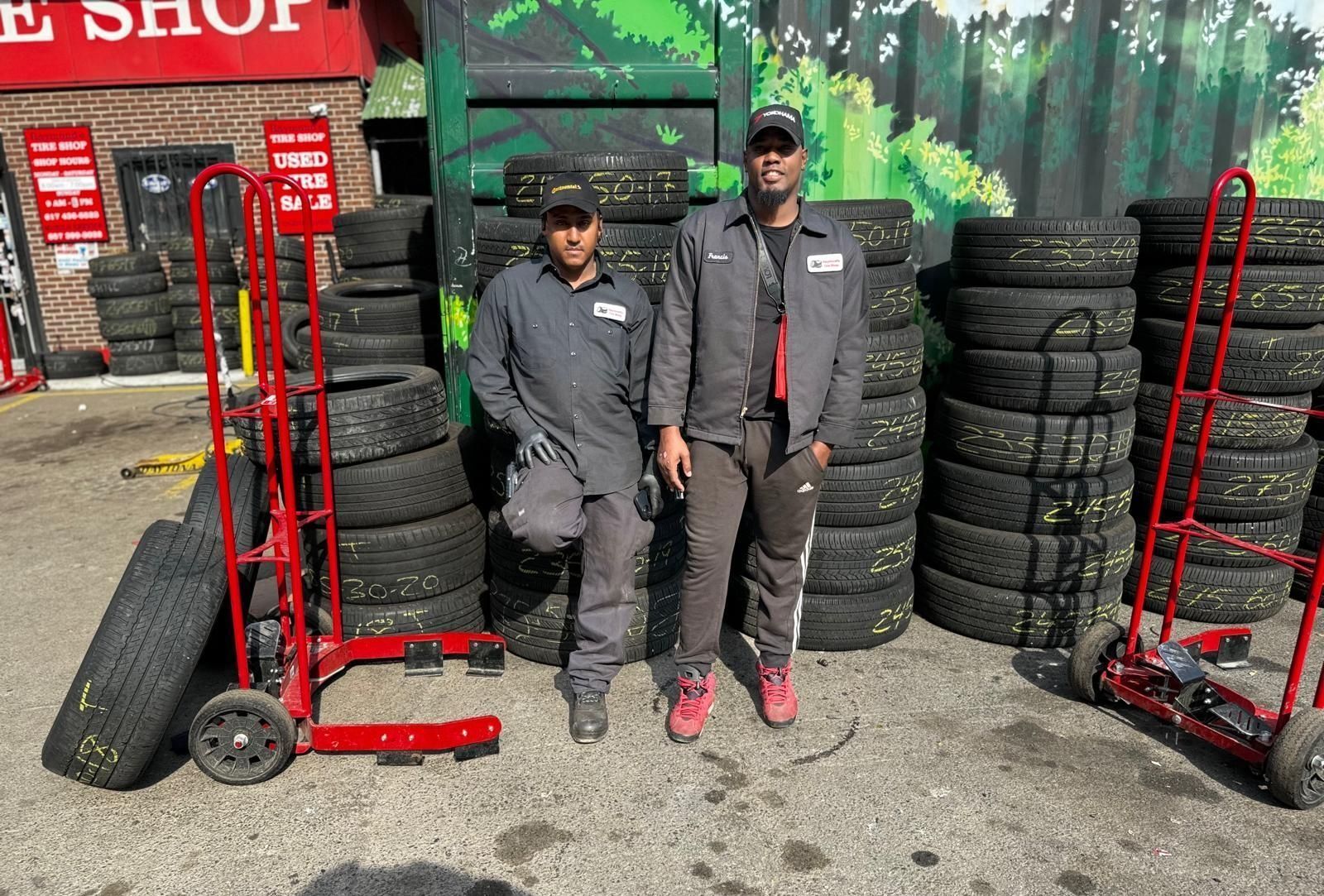
Our Commitment to Your Safety
At Raymond’s Tire Shop, we believe that something as simple as maintaining the right tire pressure can make a big difference in safety, performance, and cost savings. Temperature changes will always affect your tires, but with regular checks and timely adjustments, you can keep your vehicle handling well and your tires lasting longer.
If you have noticed your tire pressure warning light coming on more often or want to make sure your tires are ready for the season ahead, visit us today. We will make sure your tires are in the best shape to handle whatever New England weather throws your way.






